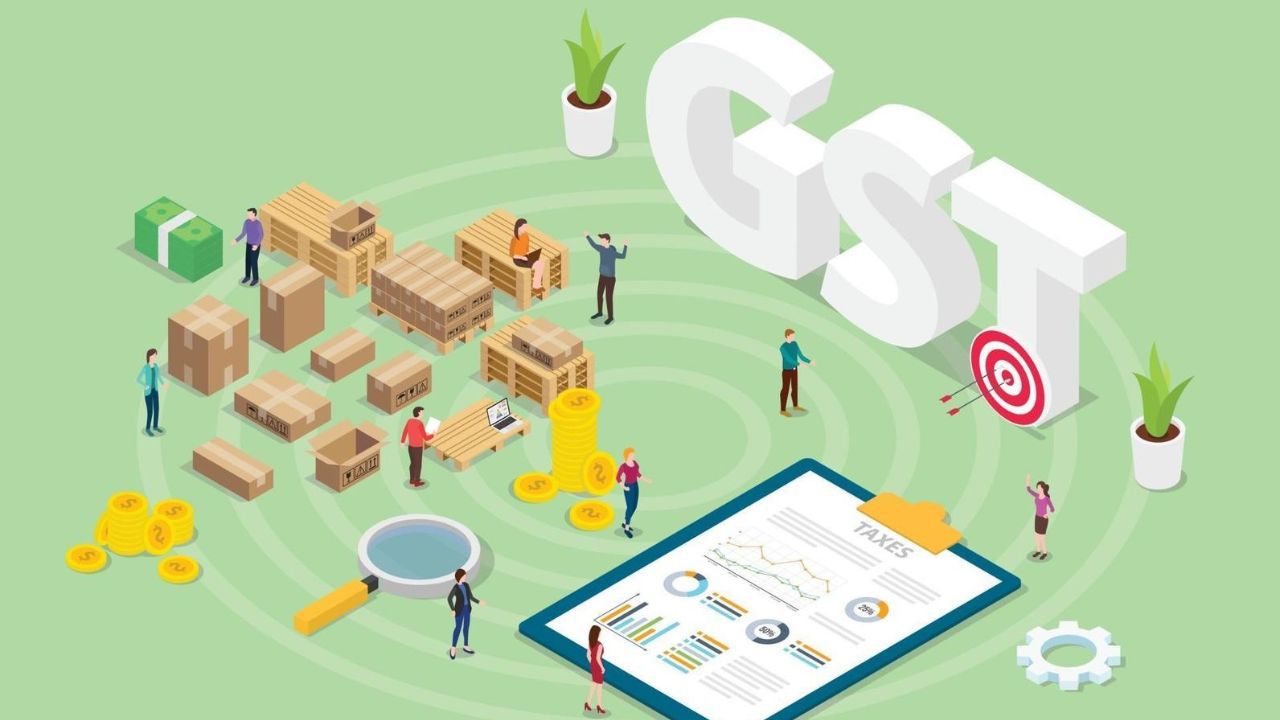As global trade tensions rise—most notably with the U.S. imposition of up to 50 percent tariffs on Indian exports—India responded not with retaliation but with a domestic growth strategy. Leveraging this external shock as an opportunity, Prime Minister Narendra Modi’s government unveiled sweeping Next-Gen GST reforms, transforming tax policy into an engine for inclusivity, innovation, and entrepreneurial dynamism.
For startups and MSMEs, this was more than tax simplification; it was the creation of an ecosystem where compliance is easier, costs are lower, and markets are more accessible.
From Compliance Burden to Innovation
Startups have long grappled with bureaucratic hurdles and compliance costs that sap time and resources. GST 2.0 changes that by introducing:
* Faster registration: Low-risk businesses are now auto-registered within three working days.
* System-driven refunds: Exporters and zero-rated suppliers receive refunds without months of delays.
* Reduced litigation: Transparent, digital-first processes cut down disputes.
For founders, this means less paperwork and more bandwidth to focus on building products, scaling teams, and raising capital.
Also Read | Semicon 2025: India Makes Electronics Up to 30% Cheaper, Says Ashwini Vaishnaw
Lower Input Costs = Higher Margins for Startups
The restructured GST slabs directly reduce operational expenses for startups:
* Manufacturing & Agri-tech: Inputs like tractors, machinery, fertilisers, and yarn now attract only 5 percent GST, giving agri-tech and textile startups a price edge.
* Health-tech & Med-tech: Medical devices, insurance, and diagnostic tools fall in the 0–5 percent bracket, making digital healthcare startups more affordable and scalable in Tier 2 and Tier 3 cities.
* Mobility & Logistics: Auto parts, buses, and trucks taxed at 18 percent strengthen logistics-tech ventures by lowering fleet expansion costs.
Cheaper inputs don’t just improve margins—they free up capital for reinvestment in R&D, talent, and customer acquisition.
A Bigger, Hungrier Market for Startups
With GST cuts across FMCG, electronics, and automobiles, consumer spending is expected to rise sharply. Analysts predict consumption could expand to nearly 70 percent of India’s GDP, creating a massive, predictable customer base. For startups, this translates into:
* Faster adoption of new products and services
* Higher customer lifetime value
* A safer environment to experiment and iterate
Simply put, the reforms widen the runway for startups to test, scale, and thrive.
Sector-Specific Opportunities for Startup Growth
* Agri-tech: Subsidised machinery and drip irrigation adoption open doors for precision farming solutions.
* Health-tech: Lower costs of diagnostics and medical devices fuel demand for affordable health platforms.
* Climate-tech: Solar and wind components at 5% GST strengthen green startups aligned with India’s sustainability goals.
* Tourism & Hospitality MSMEs: Lower hotel tariffs encourage domestic travel, creating opportunities for digital booking platforms and hospitality-tech startups.
Each sectoral adjustment acts as a launchpad for specialised startups to seize unmet demand.
Also Read | 9090909090: India’s Costliest Number Becomes an AI Gateway
Why GST 2.0 Is a Startup Masterstroke
In an era of trade wars and global uncertainty, Modi’s tax reforms are a growth firewall for India’s entrepreneurial ecosystem. By removing compliance bottlenecks, cutting costs, and boosting demand, GST 2.0 transforms startups from being survival-driven to scale-driven.
India’s ambition to become the world’s largest startup hub is no longer aspirational—it’s policy-backed. With tools, markets, and momentum aligned, founders now operate in an ecosystem primed for innovation, inclusivity, and global competitiveness.




